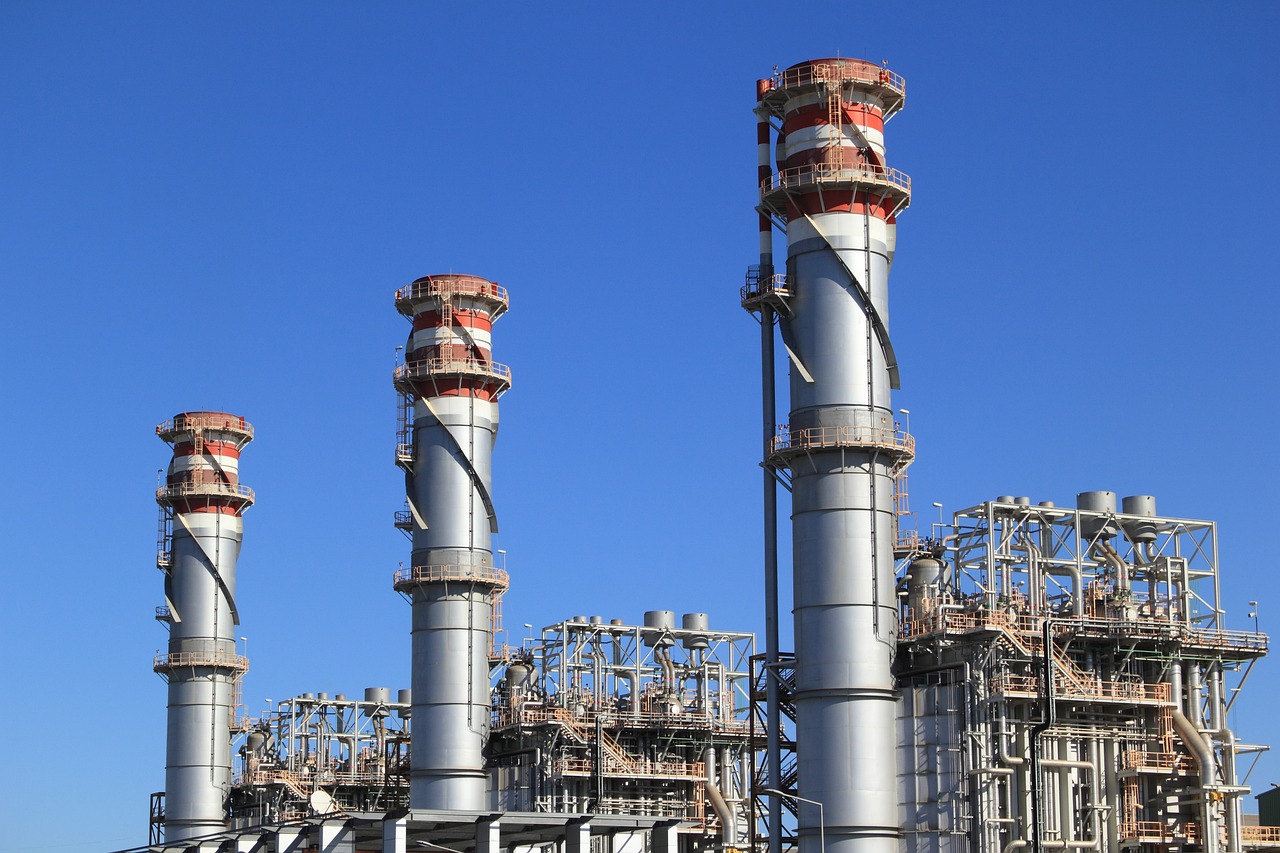Introduction: The chemical industry plays a critical role in supporting various sectors of the economy. However, the handling and processing of chemicals come with inherent risks. Chemical process safety is a paramount concern, aiming to protect employees, communities, and the environment from potential hazards. By implementing robust safety practices and procedures, the industry can mitigate risks and ensure the safe operation of chemical facilities. This article explores the key components of chemical process safety and emphasizes its importance in maintaining a secure environment.
Process Hazard Analysis (PHA): Process Hazard Analysis is a systematic approach to identify and evaluate potential hazards associated with chemical processes. Techniques such as Hazard and Operability Studies (HAZOP), What-If Analysis, and Failure Mode and Effects Analysis (FMEA) help uncover potential deviations, failures, or deficiencies in processes that could lead to accidents. By thoroughly examining these hazards, organizations can develop appropriate measures to mitigate risks and enhance safety.
Risk Assessment: Risk assessment is a crucial step in chemical process safety. It involves evaluating the severity and likelihood of potential incidents and their consequences. Through this assessment, organizations can prioritize risks, implement mitigation measures, and allocate resources effectively. Understanding and managing risks enable companies to make informed decisions to reduce the likelihood of accidents and protect their workforce and surroundings.
Management of Change (MOC): The Management of Change process ensures that modifications to chemical processes, equipment, procedures, or personnel are thoroughly reviewed and approved. This systematic approach helps identify and address potential safety hazards associated with changes before their implementation. MOC plays a crucial role in maintaining the integrity and safety of chemical processes, preventing unforeseen risks and accidents.
Standard Operating Procedures (SOPs): Standard Operating Procedures provide essential guidelines for safe and consistent operation of chemical processes. SOPs outline the necessary steps, precautions, and emergency procedures for operators to follow during routine operations and in response to abnormal conditions. Adhering to well-defined procedures promotes safe practices, reduces the risk of human error, and ensures consistent and reliable outcomes.
Training and Competency: Proper training and competency development are vital in chemical process safety. Employees involved in chemical processes should receive comprehensive training on safety protocols, hazard recognition, emergency response, and mitigation techniques. By providing the necessary knowledge and skills, organizations empower their workforce to identify potential hazards and respond appropriately to ensure a safe operating environment.
Mechanical Integrity: Maintaining the mechanical integrity of equipment and systems is crucial for chemical process safety. Regular inspections, testing, and preventive maintenance help identify and address potential equipment failures that could lead to accidents. Ensuring soundness and reliability of equipment reduces the likelihood of incidents and ensures the safe functioning of chemical processes.
Emergency Preparedness: Effective emergency preparedness is a cornerstone of chemical process safety. Organizations must develop and implement emergency response plans, conduct drills and exercises, and provide appropriate training to respond promptly and effectively to incidents. A well-prepared emergency response system, coupled with clear communication channels and proper use of personal protective equipment (PPE), minimizes the impact of accidents and protects lives and the environment.
Process Safety Culture: A strong process safety culture is the foundation of a secure chemical environment. It fosters an atmosphere where safety is ingrained in the organization’s values, and every employee feels accountable for identifying and addressing potential hazards. Encouraging proactive reporting of near-misses, promoting open communication, continuous improvement, and learning from incidents are vital elements of a robust safety culture.
Conclusion: Chemical process safety is a fundamental aspect of the chemical industry, ensuring the well-being of employees, communities, and the environment. By implementing a comprehensive approach that encompasses process hazard analysis, risk assessment, management of change, standard operating procedures, training, mechanical integrity, emergency preparedness, and fostering a strong safety culture, organizations can minimize risks and prevent accidents. Chemical process safety must remain a top priority for the industry, enabling sustainable operations and contributing to a safer and more secure world.














